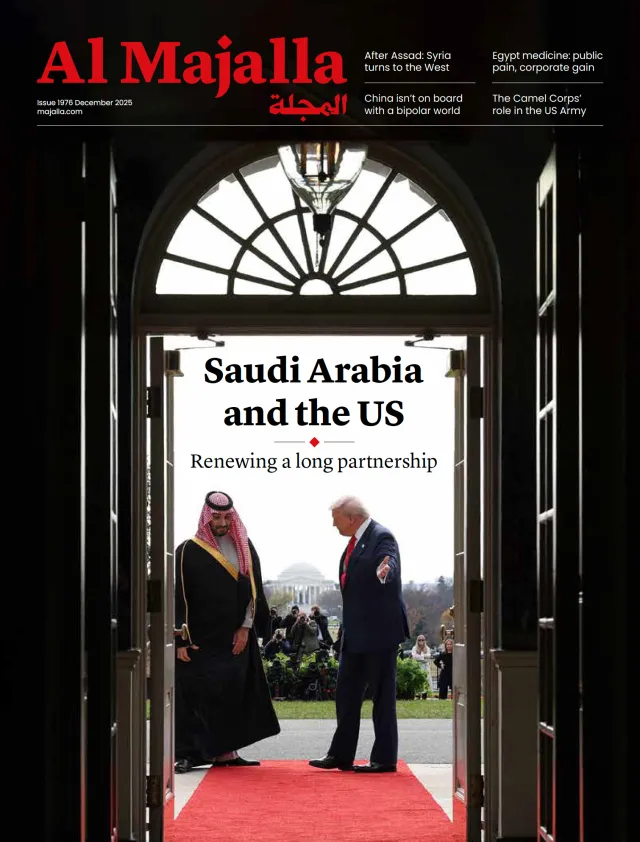Israeli Prime Minister Benjamin Netanyahu recently described the new humanitarian aid mechanism in Gaza as a strategic achievement that would bring about the end of Hamas. Alas, that mechanism, enforced by the US-backed Gaza Humanitarian Foundation (GHF), is highly likely to fail.
The tumult that accompanied the beginning of GHF aid distribution in southern Gaza may illuminate what awaits in what was recently described by the United Nations as the “hungriest place on Earth”.
Its backers want the GHF to replace the UN and civil society organisations that distribute aid through dozens of centres and offices across the coastal enclave.
Yet with only four operational distribution centres so far (three in southern Gaza and one in central Gaza), the GHF simply cannot replicate the work of these organisations, even though another four are planned.
Doomed to fail
The inefficiency of the GHF as an aid distribution agency was evident in the chaos of its first day of operation, on 27 May. Tens of thousands of starving people stormed into an aid distribution centre in southern Gaza to lay their hands on the food present inside, forcing GHF guards to turn tail.
Anyone who thinks that people facing starvation will agree to receive their food in an orderly manner do not understand the nature of true hunger, because they have never experienced it.
Yet the chaos besetting aid distribution within the new GHF mechanism is not its biggest problem—the humiliation and suffering it forces on the people of Gaza are.
Deprived of food for days, eating only intermittently since Israel closed the crossings in March, Gazans must travel several kilometres over bombed and scorched earth to find food every day. When they arrive, they must compete with tens of thousands of other desperate people to get anything to eat.
Humiliation foundation
A man who got a box of food from one of the centres in southern Gaza told an Arab news channel on 29 May that he was too frail to carry it. Pale and listless, his flimsiness spoke of the hunger he had suffered for days. It prompted a UN official to ask if GHF stood for Gaza Humiliation Foundation.




